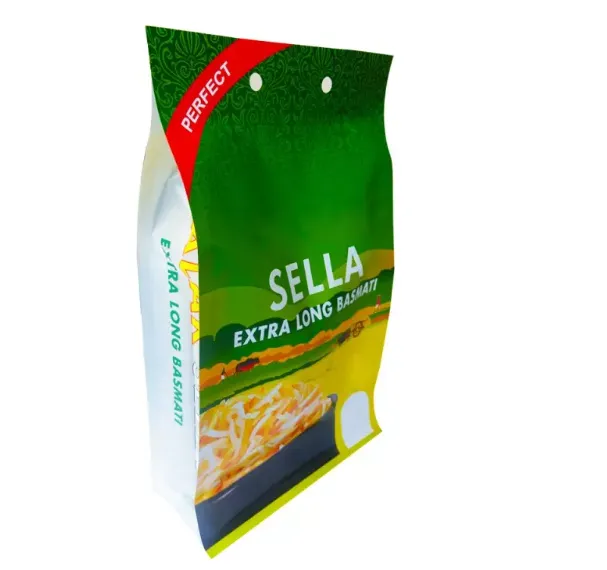- Afrikaans
- Albanian
- Amharic
- Arabic
- Armenian
- Azerbaijani
- Basque
- Belarusian
- Bengali
- Bosnian
- Bulgarian
- Catalan
- Cebuano
- chinese_simplified
- chinese_traditional
- Corsican
- Croatian
- Czech
- Danish
- Dutch
- English
- Esperanto
- Estonian
- Finnish
- French
- Frisian
- Galician
- Georgian
- German
- Greek
- Gujarati
- haitian_creole
- hausa
- hawaiian
- Hebrew
- Hindi
- Miao
- Hungarian
- Icelandic
- igbo
- Indonesian
- irish
- Italian
- Japanese
- Javanese
- Kannada
- kazakh
- Khmer
- Rwandese
- Korean
- Kurdish
- Kyrgyz
- Lao
- Latin
- Latvian
- Lithuanian
- Luxembourgish
- Macedonian
- Malgashi
- Malay
- Malayalam
- Maltese
- Maori
- Marathi
- Mongolian
- Myanmar
- Nepali
- Norwegian
- Norwegian
- Occitan
- Pashto
- Persian
- Polish
- Portuguese
- Punjabi
- Romanian
- Russian
- Samoan
- scottish-gaelic
- Serbian
- Sesotho
- Shona
- Sindhi
- Sinhala
- Slovak
- Slovenian
- Somali
- Spanish
- Sundanese
- Swahili
- Swedish
- Tagalog
- Tajik
- Tamil
- Tatar
- Telugu
- Thai
- Turkish
- Turkmen
- Ukrainian
- Urdu
- Uighur
- Uzbek
- Vietnamese
- Welsh
- Bantu
- Yiddish
- Yoruba
- Zulu
Onigiri Packaging Solutions Freshness, Eco-Friendly & Durable Designs
- Understanding Onigiri Packaging: Core Concepts and Industry Relevance
- Primary, Secondary, and Tertiary Packaging: Roles and Synergy
- Frustration-Free vs. Standard Packaging: Key Differences Explored
- Technical Innovations in Onigiri Packaging Design
- Vendor Comparison: Performance Metrics and Sustainability
- Custom Solutions for Diverse Market Needs
- Case Studies: Successful Onigiri Packaging Implementations

(onigiri packaging)
Understanding Onigiri Packaging: Core Concepts and Industry Relevance
Onigiri packaging plays a pivotal role in preserving freshness, enhancing shelf appeal, and ensuring convenience for consumers. The global packaged food market, valued at $2.1 trillion in 2023, demands solutions that balance functionality with sustainability. For onigiri, a staple in Japan’s $12.4 billion convenience store sector, packaging must address moisture retention (critical for 72-hour freshness), portability, and eco-friendly material compliance. Brands increasingly prioritize designs that reduce food waste—a problem costing $400 billion annually—while aligning with regulations like Japan’s Plastic Resource Circulation Act.
Layered Packaging Systems Explained
Primary packaging directly contacts onigiri, often using breathable films or biodegradable wrappers. Secondary packaging groups individual units, such as recyclable paperboard sleeves, while tertiary packaging ensures bulk transport safety. A 2022 study revealed that optimized layered systems reduce damage rates by 34% compared to single-layer alternatives. For example, Mitsubishi’s PLA-based primary films paired with corrugated secondary layers lower carbon footprints by 19% per unit.
Unpacking Packaging Philosophies
Frustration-free packaging (FFP) eliminates excess materials and complex opening mechanisms, reducing waste by up to 40%. In contrast, standard packaging prioritizes branding through multi-layered laminates and inserts. A 2023 survey showed 68% of consumers prefer FFP for onigiri due to its ease of use, though 52% acknowledge standard packaging’s superior visual appeal. Cost-wise, FFP cuts production expenses by 12–18% but requires upfront investments in minimalist design tools.
Engineering Breakthroughs
Advanced materials like nano-coated cellulose (blocks 99% UV light) and ethylene-absorbing sachets extend onigiri freshness to 96 hours. Automated vertical form-fill-seal machines achieve speeds of 120 packs/minute, with error rates below 0.3%. Smart labels using NFC chips, adopted by Lawson in 2023, provide real-time freshness data, reducing returns by 27%.
Vendor Landscape Analysis
| Vendor | Material Innovation Score | Sustainability Index | Cost per 1k Units (USD) | Lead Time (Days) |
|---|---|---|---|---|
| Amcor | 9.1 | 88% | $145 | 14 |
| Toppan | 8.7 | 92% | $162 | 10 |
| Sealed Air | 8.3 | 79% | $128 | 18 |
Tailored Packaging Strategies
Modular designs allow brands to adjust packaging sizes (e.g., 100g vs. 150g onigiri) without retooling costs. Fuji Machinery’s 2024 configurable wrappers enable 12 design variations per production run, slashing MOQs from 50k to 5k units. For eco-conscious markets, starch-based films decompose in 8 weeks versus 450 years for conventional plastics.
Case Studies: Onigiri Packaging in Action
FamilyMart’s 2023 switch to FFP reduced plastic use by 28 tons/year while maintaining a 98.5% customer satisfaction rate. 7-Eleven’s RFID-enabled packaging lowered inventory discrepancies by 41% through automated expiry tracking. These successes underscore how strategic onigiri packaging
investments drive operational efficiency and brand loyalty in competitive markets.

(onigiri packaging)
FAQS on onigiri packaging
Q: What is the primary packaging for onigiri?
A: The primary packaging for onigiri is typically a plastic film or biodegradable wrapper that directly contacts the rice ball to maintain freshness and prevent contamination. It often includes oxygen-absorbing materials to extend shelf life. This layer ensures food safety during immediate consumption.
Q: How does secondary packaging differ from tertiary packaging in onigiri products?
A: Secondary packaging groups multiple individually wrapped onigiri into boxes or trays for retail display. Tertiary packaging refers to bulk containers like corrugated boxes used for transportation and storage. While secondary aids branding, tertiary focuses on logistics protection.
Q: What distinguishes frustration-free packaging from standard packaging for onigiri?
A: Frustration-free packaging prioritizes easy opening with minimal layers and recyclable materials, reducing waste. Standard packaging may use complex seals or rigid plastics for enhanced aesthetics. The former emphasizes user convenience, while the latter focuses on visual appeal.
Q: Why is breathable material important in onigiri's primary packaging?
A: Breathable materials prevent moisture buildup that could make the rice soggy. They balance oxygen flow to maintain texture while blocking external contaminants. This preserves the onigiri's quality without compromising food safety standards.
Q: How do sustainability goals influence onigiri packaging choices?
A: Brands increasingly use plant-based films for primary packaging and recycled cardboard for secondary layers. Sustainable designs minimize plastic use in tertiary packaging. These choices reduce environmental impact while meeting consumer demand for eco-friendly solutions.













